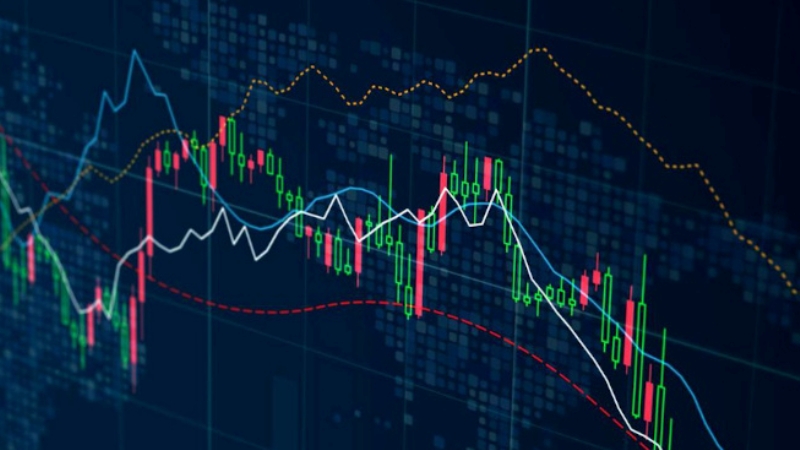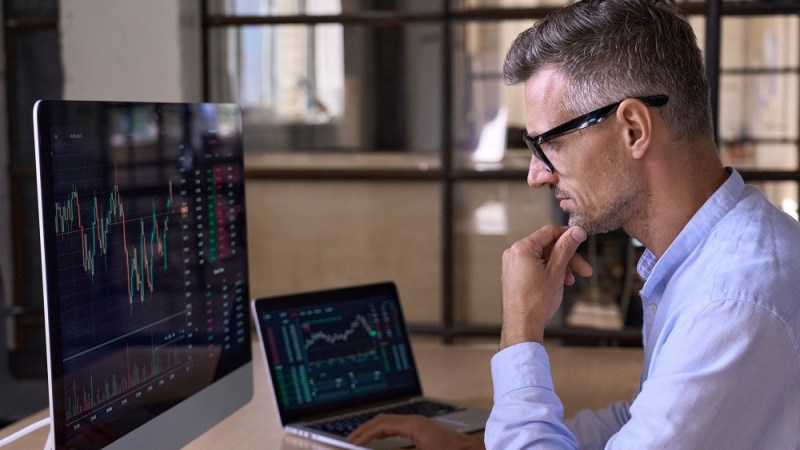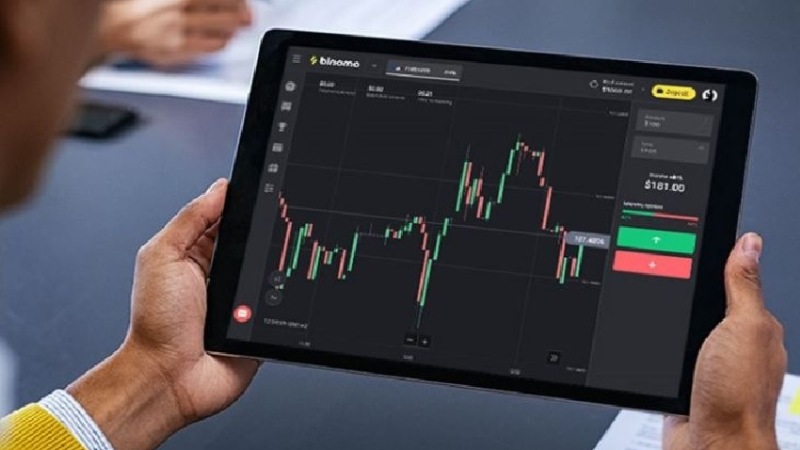Forex trading involves high risk, but with a solid strategy you can minimize the impact. Learn about the different types of risks involved in Forex trading and how to mitigate them.
A common practice in Forex trading is to seek risk diversification by opening multiple positions at the same time. While this can help lower losses, it will also increase your overall risk.
Stop Loss
Stop loss orders are a vital part of any trader’s risk management strategy. They provide safety nets to prevent excessive losses and ensure profits are secure. In a market as volatile as forex, these can be crucial tools to protect your trading capital from unexpected fluctuations that may work against your position.
There are different types of stops, such as static and trailing stops. Static stops are set at a fixed price relative to the current market price. Trailing stops, on the other hand, automatically move with the price to reduce risk and lock in profits as the trade develops.
In addition, a trader can also use a guaranteed stop loss order (GSLO) to avoid the possibility of slippage by paying a premium for this service from their broker. However, it is important to note that a GSLO will not eliminate all the risk of losing your money and should be used as a backup.
Take Profit
Take Profit is a pre-calculated price level where the trader’s position is closed to secure profits. The trader will use a number of methods to determine this point, including support and resistance levels, trend lines, Fibonacci levels, bar lows and highs, and price action.
One of the most important things for traders to do is to know when they should exit a trade with a profit. This is an emotionally and technically difficult aspect of trading, and many new traders struggle with it. The correct way to take a profit will vary from trader to trader, and will depend on factors such as their trading strategy and time frame.
However, there are some basic principles that should be applied. These will help traders to evaluate their risk and make more systematic and robust trading decisions. Using profit targets can also help traders to stay disciplined and consistent with their trading. This is essential for long-term profitability.
Margin Requirements
Forex trading is a leveraged form of currency trading. This means that traders can open positions with relatively small amounts of their own money, allowing them to reap large profits. However, this also magnifies the size of their losses, so it is essential to understand margin requirements.
Margin is calculated as a percentage of a trader’s total equity. It is also known as Required Margin, Deposit Margin, or Entry Margin and is a crucial factor in understanding risk management in forex.
In order to trade on margin, a trader needs to provide a certain amount of their own funds, which is then used as collateral against the position they are opening. In order to prevent traders from suffering losses beyond their margin coverage, brokers must monitor the level of margin used and if it falls below a predetermined threshold, they may liquidate a trader’s open positions.
This helps to protect the broker, as it ensures that all clients have enough free equity to cover any potential losses from their trading activity. Free equity is the difference between a trader’s total account balance and the total of their margin-used positions.
Trading Psychology
Trading psychology is as important as any other aspect of the trading process. Winning traders are quick to recognise when they have made a mistake and take time to calm down and analyse the market, keeping emotions such as pride or fear in check.
Developing a trading plan can help to improve your emotional responses to market developments and make more informed trading decisions. It’s also worth keeping a trading journal, which can help you to track your performance and identify whether certain emotions have clouded your judgment.
It is recommended that you start trading on a demo account before investing your hard-earned money, which allows you to build up your experience in a risk-free environment. City Index demo accounts provide you with up to PS10,000 in virtual funds and can be used to practice your strategy without putting any real capital at risk. This is a great way to develop your confidence in your ability to trade the markets.




